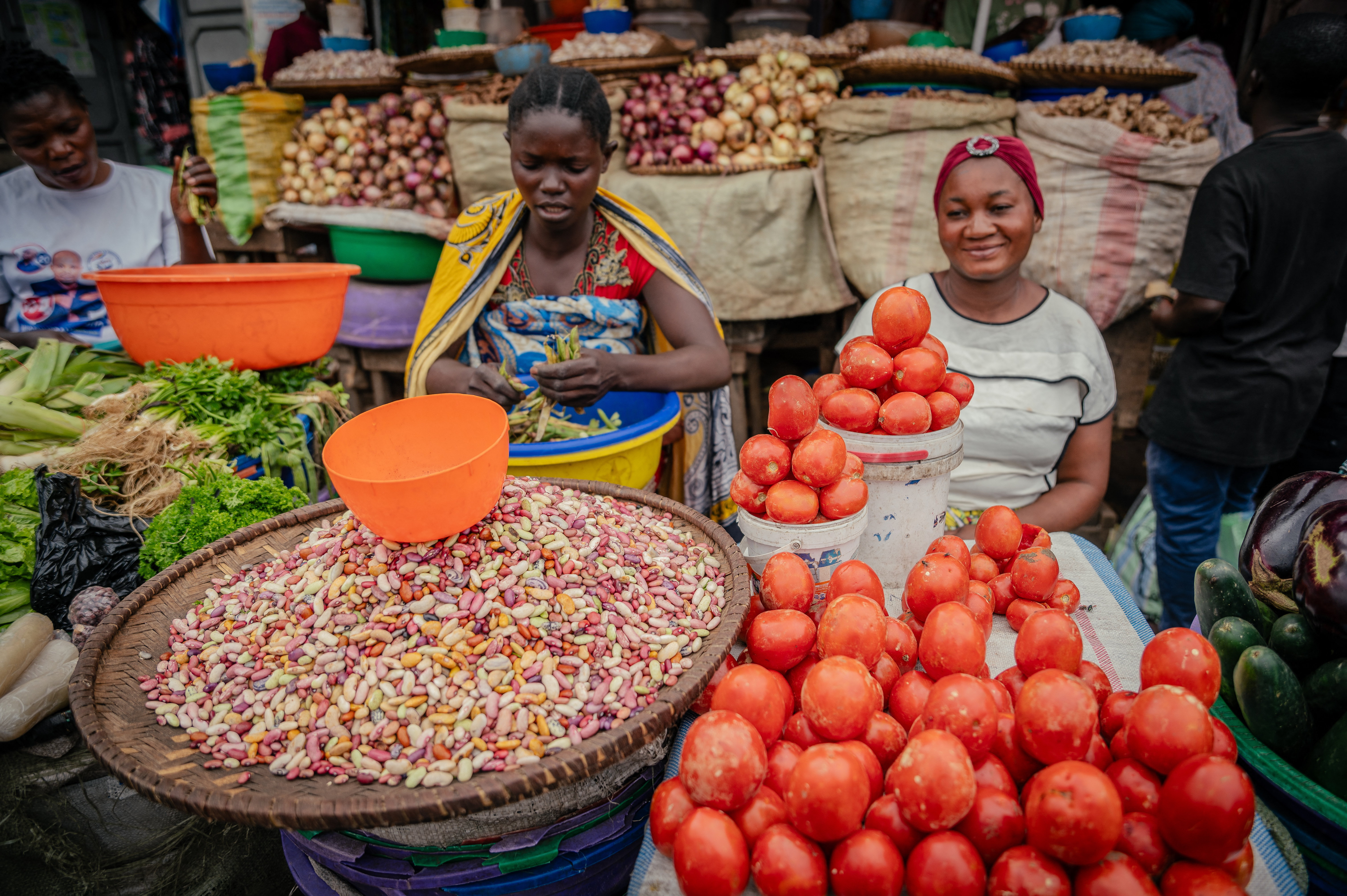
ROME - The overall FAO Food Price Index dropped by 0.8 percent in May, with global prices for vegetable oils and sugar declining sharply, the Food and Agriculture Organization (FAO) of the United Nations reported on Friday.
Prices for grains and cereals, the largest component in the broad FAO index, declined by 1.8 percent in May, driven by good corn harvests in Argentina and Brazil, as well as lower global demand for wheat. Rice prices were higher in May amid increased demand for Indica rice and a weakening US dollar, but it was not enough to offset the other parts of the index.
Meat and dairy prices were higher in May.
ALSO READ: FAO warns acute food insecurity to worsen in 22 countries
FAO said meat prices, which climbed by 1.3 percent, were impacted by higher demand for beef, pork and sheep meat, which easily compensated for lower poultry prices. Pork prices were boosted by a return to the market by German producers, who were no longer under restrictions due to foot-and-mouth disease in their country.
Meanwhile, chicken prices fell due to concerns in some markets about avian flu, which dampened global demand.
Dairy prices were 0.8 percent higher, with strong demand from Asia keeping international butter prices at historical highs and spurring higher prices for cheese and whole milk powder.
READ MORE: FAO: Global fisheries, aquaculture production reach new peak
The big movers in the index were vegetable oils and sugar.
FAO said vegetable oil prices fell by 3.7 percent, though they remained 19.1 percent above their levels a year earlier. Palm, rapeseed, soy and sunflower oils all saw prices decline due to a combination of strong production and anticipated production, as well as lower demand in the United States.
Meanwhile, sugar prices were 2.6 percent lower, as demand from the beverage and food processing industries was curbed by the uncertain global trade outlook.


